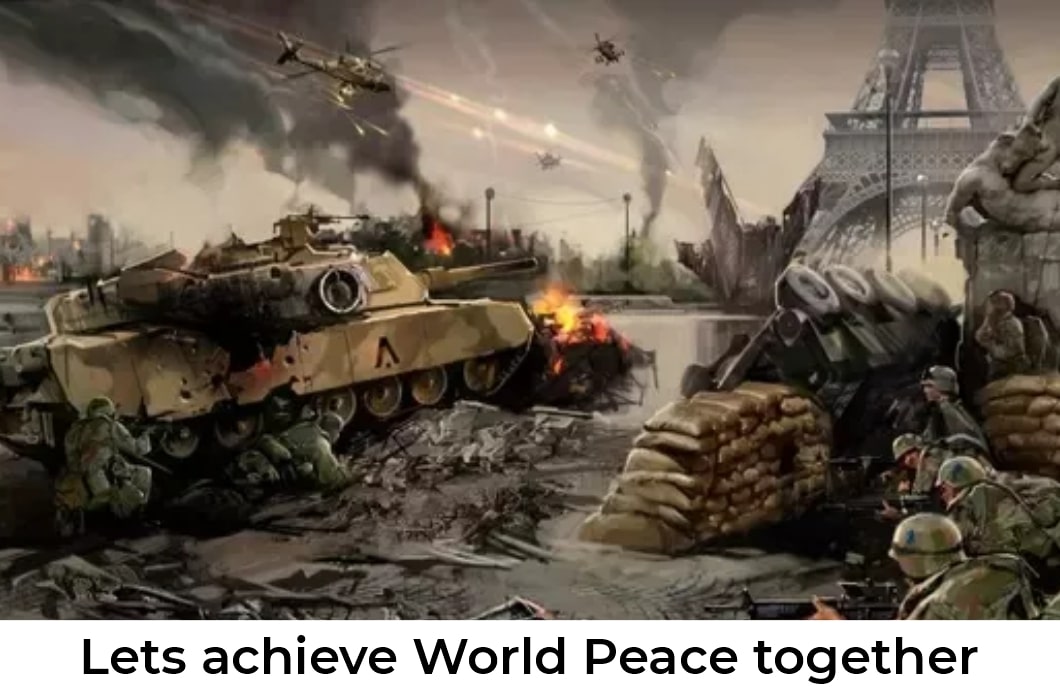For centuries, humans have been involved in wars. As with most wars, the majority of people killed in the deadliest wars of all time are innocent civilians. The earliest recorded evidence of human warfare suggests that the first conflict took place around 13,000 years ago along the Egypt-Sudan border. The most common reasons for wars to erupt have been poverty, poor governmental leadership, civil unrest, religion, territory disputes, resources and a plethora of other factors.
The effects of these are multifold. Not only do people get killed, but natural resources get depleted, wildlife killed, economies fall and society gets disrupted. Even the people who survive are merely alive. The Post Traumatic Stress Disorder (PTSD) that follows with the end of traumatizing events like witnessing other people be killed, seeing dead bodies on the ground or receiving threats to lives, during wars.
The ongoing conflict between Russia and Ukraine (Russo-Ukrainian Conflict) is causing worldwide tensions in many regards. Will Russia actually invade Ukraine? Will such an act mutate into a full-blown war between Russia and the members of the North Atlantic Treaty Organization (NATO)? How will the Indian economy be affected? What could be the scale of destruction in the world? These are some of the most common questions being asked today.
Civil war has been identified as one of the main causes for the persistence of poverty in many regions of the world (Collier 2007).
Let us look at how wars and conflicts could impact the world from a social and an economic perspective.
- Increased poverty: Violent conflict causes poverty in a variety of ways, including infrastructural damage, institutions, and production; asset destruction; community and social network disintegration; forced relocation; and increased inflation and unemployment.
-
Wars consume resources:
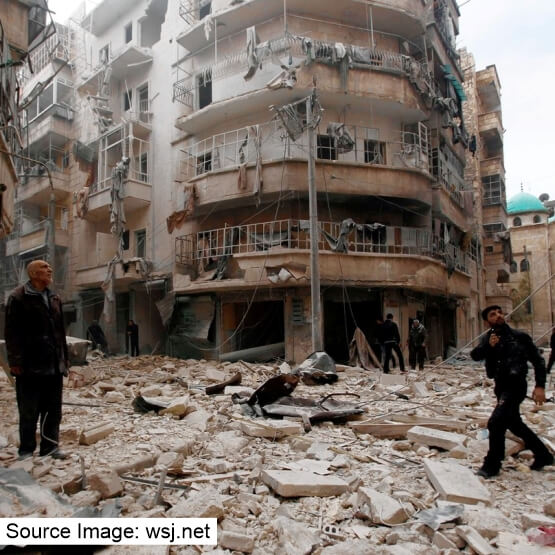
The bigger the war, the more it'll consume. Demand from the war effort causes taxes and prices to rise; eventually, fewer people will be able to afford even basic goods and services. This poverty cascades as more people begin to rely on social support mechanisms, ultimately drawing on the resources of their friends, family, and neighbours. Standards of living fall across the board as the resource pool are stretched ever thinner.
-
Environmental Impact:
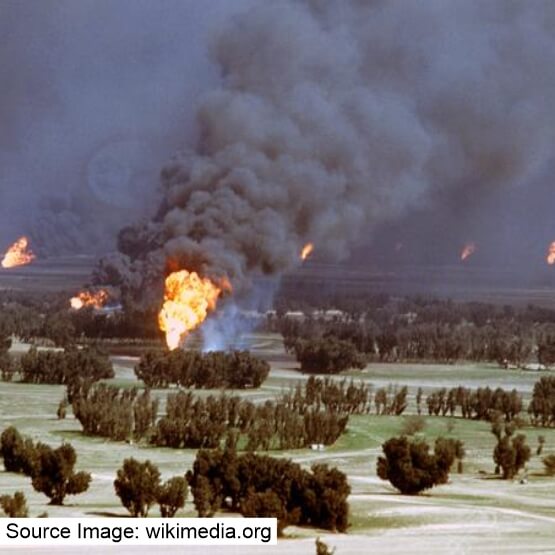
Military activities have a tremendous environmental impact. Not only could conflict be harmful to the socio-environment, but military actions also emit large volumes of greenhouse gasses (which contribute to global climate change), cause pollution, and deplete natural resources, among other things.
-
Medical Effects :
The World Health Organisation (WHO) estimated that, in the situations of armed conflicts throughout the world, "10% of the people who experience traumatic events will have serious mental health problems and another 10% will develop behaviour that will hinder their ability to function effectively. The most common conditions are depression, anxiety and psychosomatic problems such as insomnia, or back and stomach aches."
-
Malnutrition:
In the past decade an estimated 2 million children were killed, 6 million were seriously injured or permanently disabled, and countless others witnessed or took part in armed conflicts. Inadequate food security, poor diet, insufficient health services, an unhygienic environment, and inadequate maternity and infant care are all factors that contribute to malnutrition. In times of war, the food supply becomes exceedingly unpredictable. Agriculture output decreases due to a shortage of inputs and extension services; food processing, storage, and distribution infrastructures are destroyed; and incomes may fall while prices rise.
-
Displacement:
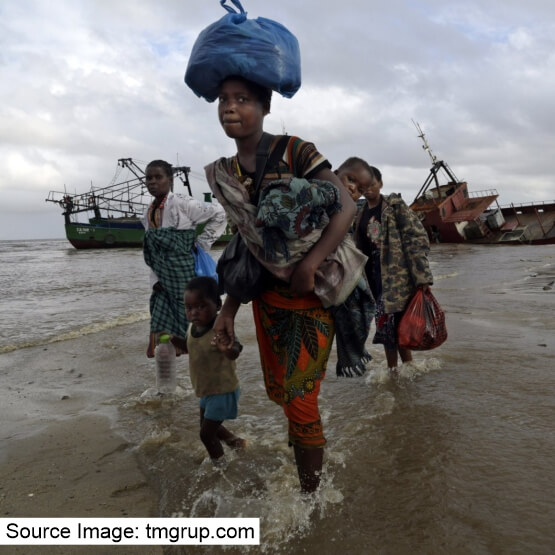
The eviction of huge numbers of people from their homes is accompanied by the inevitable disintegration of families and socioeconomic networks, both crucial components of the poor's social, economic, and political capital. People may become trapped in criminal and violent networks, or in semi-legal or illegal kinds of activity, as a result of being displaced into places where productive activities are unavailable. Individuals may seek economic and physical protection from militias in some regions of relocation when their own social networks break down.
-
Cultural Loss:
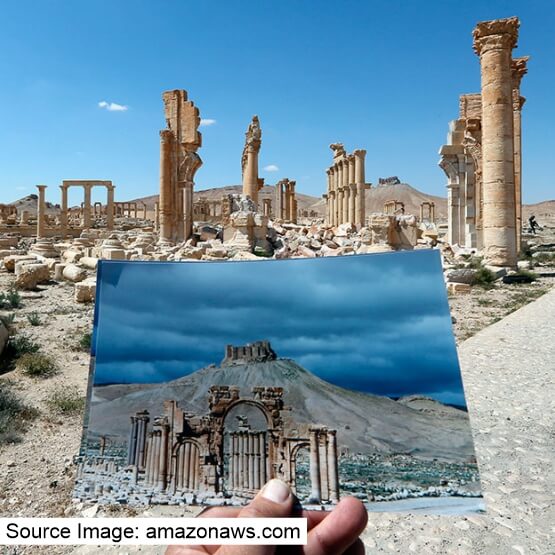
Cultural assets are at risk of destruction, expropriation, looting, and theft during a conflict. Archeological findings, excavation sites, archives, libraries, museums, and monuments are examples of cultural heritage that have been damaged or taken by warring sides in order to fund the conflict. Nazi Germany, in particular, plundered art pieces across significant sections of Europe during World War II. In addition to the human misery caused by war and armed conflict, about three-quarters of all man-made cultural assets, as well as testimonials and proof of human inventiveness, were lost in this manner.
The effects of wars could be short-term and long-term depending on the nature and the cause of the war. Soldiers and civilians experience war differently, while both suffer in times of conflict, with women and children suffering unimaginable horrors in particular. Children made up to two million of those murdered in violent conflicts during the last decade.
Prevention is better than Cure
Unfortunately, by the time a dispute erupts and a war danger exists, the countries or parties involved have made great progress along this route. Instead, more focus should be placed on creating and executing preventative measures that eliminate the circumstances that lead to conflict and war.Adopting preventative techniques based on mutually beneficial cooperative endeavors would be important in making the world a safer place to live. All international leaders should take social psychology's advice into consideration to benefit all, especially the underprivileged.
Let us know your thoughts on the topic in our comment section. What steps according to you should be taken to prevent and resolve conflicts?
